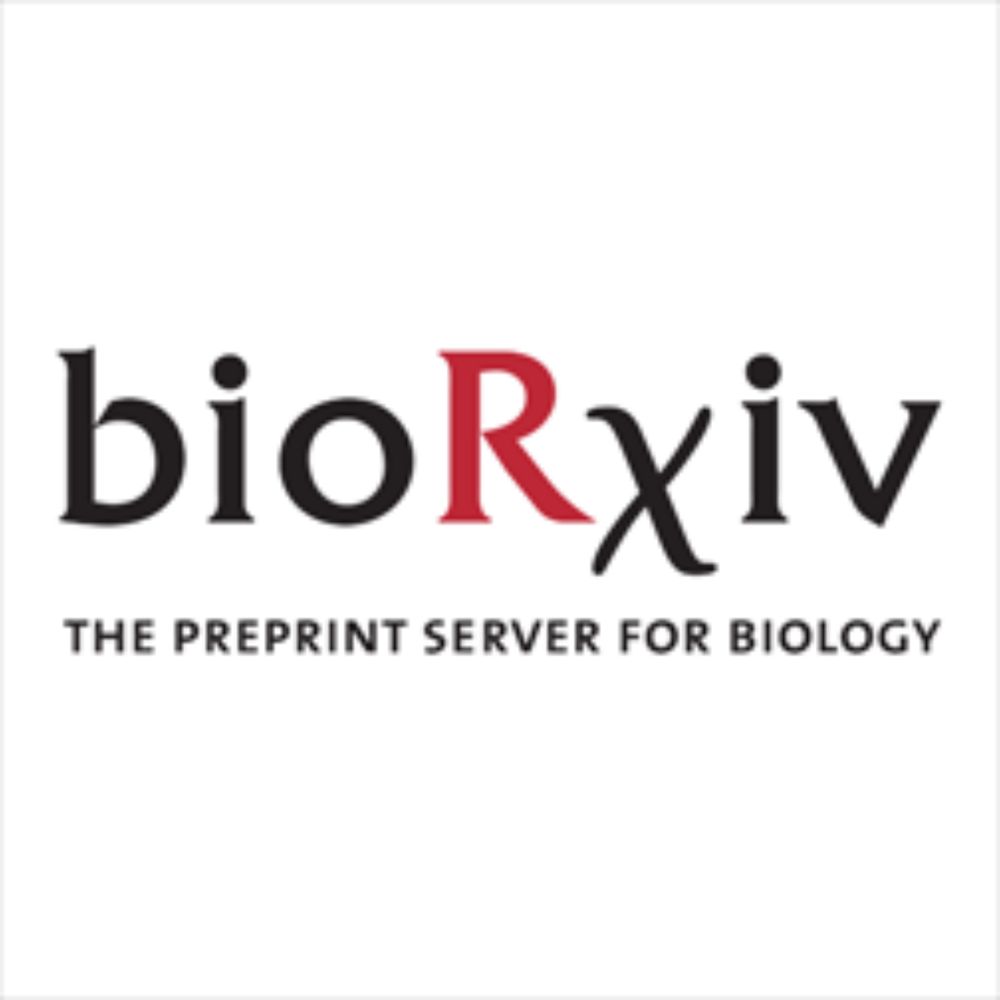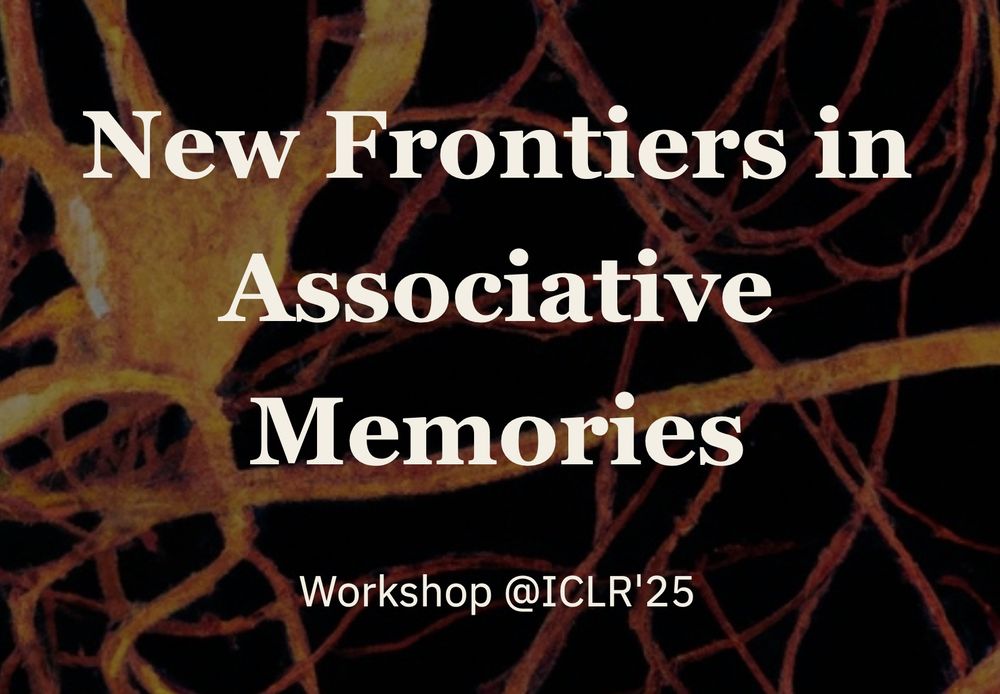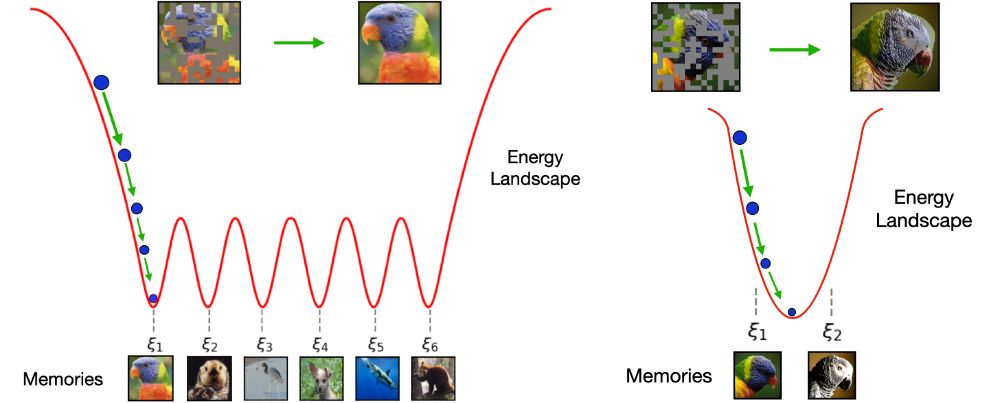Dmitry Krotov
@krotov.bsky.social
210 followers
130 following
23 posts
I am a physicist working on neural networks (both artificial and biological). Find me on https://research.ibm.com/people/dmitry-krotov
Posts
Media
Videos
Starter Packs
Dmitry Krotov
@krotov.bsky.social
· May 29
Dmitry Krotov
@krotov.bsky.social
· May 29
Dmitry Krotov
@krotov.bsky.social
· May 29
Dmitry Krotov
@krotov.bsky.social
· May 29
Dmitry Krotov
@krotov.bsky.social
· May 29
Reposted by Dmitry Krotov
Reposted by Dmitry Krotov
Gaia Tavoni
@gaia-tavoni.bsky.social
· Mar 16

Convergence of efficient and predictive coding in multimodal sensory processing
The existence of pathways connecting different sensory modalities in the brain challenges the traditional view of sensory systems as operating independently. However, the reasons and mechanisms underl...
www.biorxiv.org
Dmitry Krotov
@krotov.bsky.social
· Jan 31
Reposted by Dmitry Krotov
Dmitry Krotov
@krotov.bsky.social
· Dec 5
Dmitry Krotov
@krotov.bsky.social
· Dec 5
Dmitry Krotov
@krotov.bsky.social
· Dec 5
Dmitry Krotov
@krotov.bsky.social
· Dec 5
















